Based on what you have read so far on my blog, you know that since the beginning of this blog, my focus has been on two main areas: interior design and architecture in Thursday posts, and weekly recommendations in Monday posts. However, if you have read the section about me, you know that I am also very interested in travel. During a recent trip to Belgium and Luxembourg, I noticed a shift in my focus towards architecture and art in the photos I took. Given Belgium’s rich architectural details in its urban landscape, I decided to launch a new section on the blog titled “Travel,” where I document what I learn about the architecture, design, and art of each city or country after every trip. Perhaps there are people who may not have the opportunity to travel to these places, and my content could provide a virtual travel experience in the realms of art and architecture. Or maybe some individuals are planning to visit these cities or countries and can draw inspiration from my posts for a better experience.
In today’s post, let’s delve into the architecture of Belgium. Belgium is an absolute architectural treasure. The cities are filled with canals, cobblestone streets, bridges, shopping passages, comic strip routes, lakes, castles, and Belgian chocolates. Despite its size, Belgium offers a lifetime of experiences with splendid landscapes, captivating architecture, and graphic wall paintings. Belgium is an excellent blend of classical and modern architecture, turning it into a genuine delight.
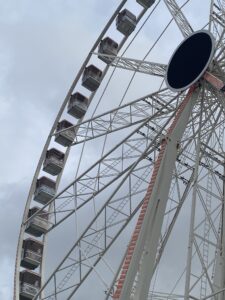
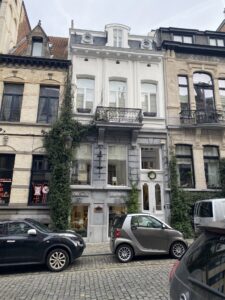
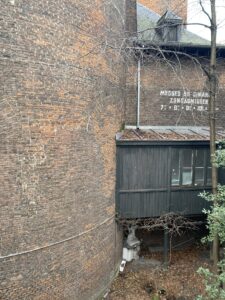
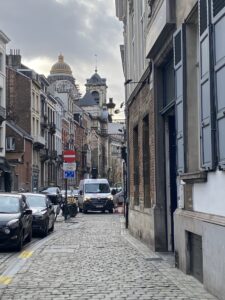
In the 18th century, Belgium embraced a neoclassical path under Austrian rule. However, soon after gaining independence, Belgium became involved in urban development. In the early 19th century, Belgium introduced industrial architecture, incorporating iron and glass into its structures. In the 1890s, Art Nouveau emerged with sinuous lines, organic motifs, floral patterns, elaborate frameworks, and round windows.
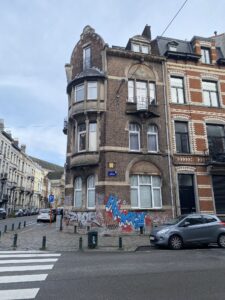
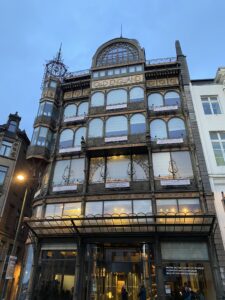
Beautiful wall paintings characterized by an aesthetic sensibility were introduced through Art Nouveau, transforming into a new Belgian aesthetic. Although Art Nouveau was noticeable in facades, it was more prominently displayed in interior spaces. After World War I, sinuous lines were replaced by firm and rectangular lines in the Art Deco movement. This movement embraced bold geometry, cubism, new materials, and a fusion of technology and industry. Today, all these styles can be observed in Belgium.
What stands out at first glance is the unity in the architecture of buildings’ façades, harmoniously blending old and new architectural styles. Especially in city centers, old buildings have widely survived the damages of world wars and can effectively convey the sense and feel of the past. Moreover, the Belgian people (at least in the cities we visited) are very friendly, polite, and welcoming. While urban planning is highly pedestrian-oriented, drivers also show great respect for pedestrians’ rights.
Certainly, in Brussels, there are many cafes and restaurants, many of which offer both quality and reasonable prices. Our initial plan was to explore various cafes in Brussels before our trip, but the first café “JAT Café” in front of our hotel created such a good and intimate experience for us that we had breakfast there every day until the end of our stay in Brussels. Undoubtedly one of the best without a doubt!
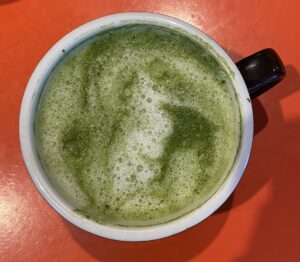
In addition to the rich architectural diversity, it’s worth noting that Belgium is home to numerous narrow and tall buildings that appear as space fillers nestled between two larger structures. These unique structures contribute to the distinctive skyline of Belgian cities, adding a sense of verticality and creating a charming aesthetic. The slender facades of these buildings often showcase intricate details, from ornate windows to decorative moldings, highlighting the creativity and craftsmanship of Belgian architecture.
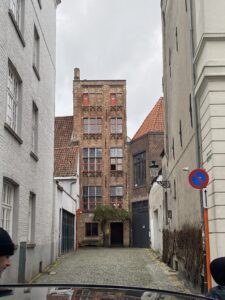
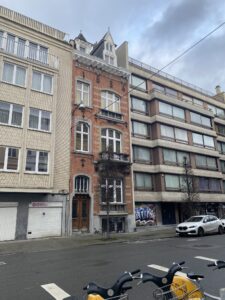
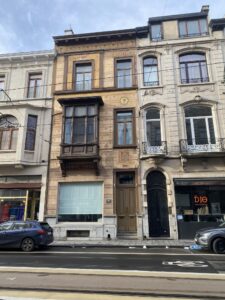
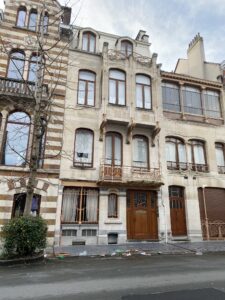
These narrow buildings, with their towering presence, give the impression of seamlessly filling the gaps in the urban landscape. Walking through the streets, you may find yourself surrounded by a blend of architectural styles, where these slender structures play a crucial role in maximizing the use of available space. This architectural characteristic adds another layer to the visual tapestry of Belgium, making the exploration of its cities a fascinating journey through time and design.
The abundance of shops following sustainable principles and offering organic and local products is evident, reflecting the Belgians’ sustainable lifestyle. Interior architecture largely follows Scandinavian styles, emphasizing open plans and efforts to create connections among space users. What fascinated me the most were the old city buildings, tall and narrow doors, and building embellishments, especially doors and pedestrian walkways. The presence of religious decorations indicates the religious nature of society, at least in the past. Door handles were beautifully designed, and most buildings had architectural embellishments. Sometimes, you could spot the signature and seal of the architect and builder on some buildings.
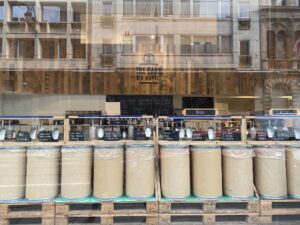
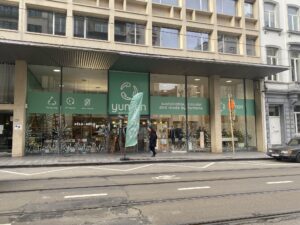

In terms of interior design, a look at the designs behind windows and a sneak peek into homes without curtains (which is not uncommon) revealed a distinctive and widely used interior architecture with an abundance of white and neutral colors. The minimal use of furniture reflects the popularity of minimalist styles.
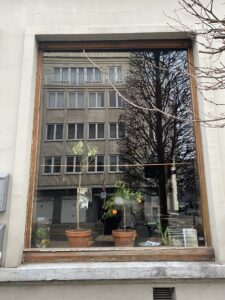
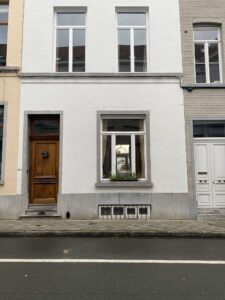
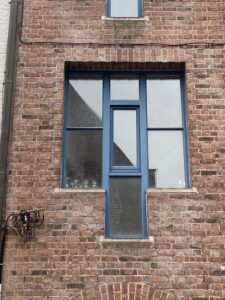
Color plays also a fascinating role in the architecture of Belgium, contributing to the country’s vibrant and eclectic urban landscape. As you traverse Belgian cities, you’ll notice a harmonious blend of colors that reflects a nuanced approach to design. In historical city centers, buildings often boast earthy tones, such as warm browns and muted yellows, creating a sense of continuity with the past. The use of subdued colors allows the architectural details, like ornate facades and decorative elements, to take center stage.
Contrastingly, in more modern districts, you’ll encounter buildings adorned with a diverse palette, including sleek grays, contemporary whites, and occasional pops of bold colors. However, in both cases, there are some bold colors like blue, green and red, which give an interesting light to the buildings.
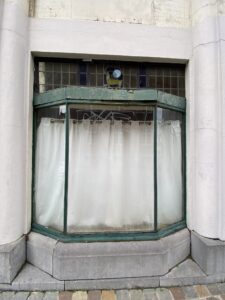
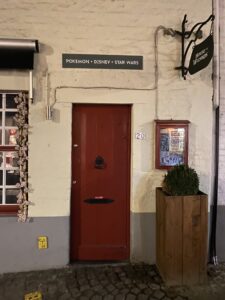
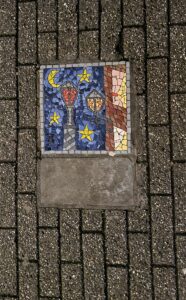
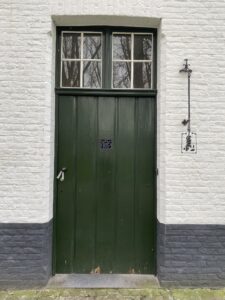
Artistic expressions also come alive through colorful murals and graphic wall paintings that adorn certain neighborhoods, adding a dynamic and artistic dimension to the urban fabric.

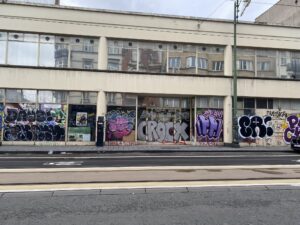
Furthermore, the prevalence of greenery, from parks and gardens to window boxes filled with flowers, contributes a refreshing natural color element to the architectural scene. This integration of green spaces enhances the overall visual experience, providing balance and tranquility within the bustling urban environment. If you or your little ones need a fresh air, we found this park, which is called “Tenbosch” very picturesque and interesting in Brussels.
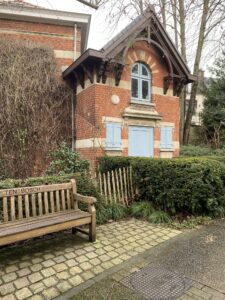
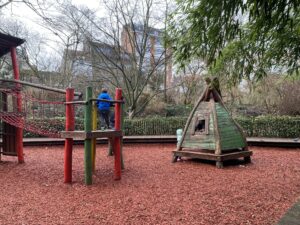
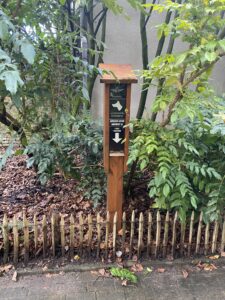
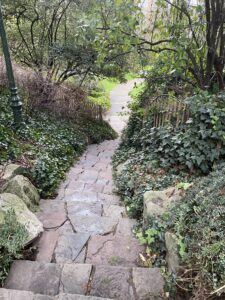
What we noticed in Belgium’s architecture and decor, especially in the past (during the construction of buildings), was the prominent role of religion. Even today, in certain doorways adorned with sculptures or religious elements, flowers and candles are often placed. These religious elements, which in the past reflected the wealth of the homeowners, now add a beautiful touch to the city and buildings, making the pedestrian walks in the streets and alleys of both small and large cities in Belgium more enchanting.
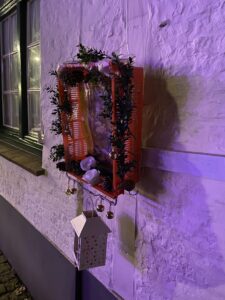
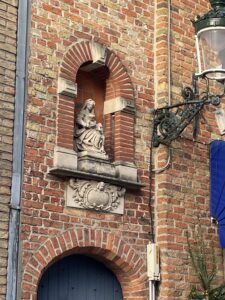
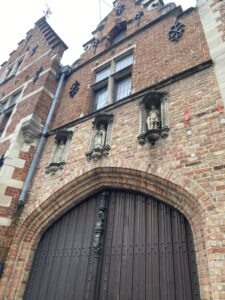
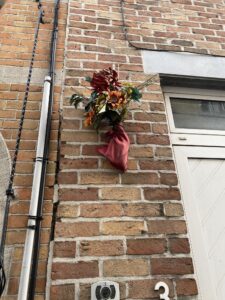
The only things that seemed strange and unsettling to me in Belgium were, first and foremost, the waste collection system, especially in the city center of Brussels. Many trash bags placed on the streets were torn apart due to heavy foot traffic, scattering the garbage on the pedestrian walkways. Perhaps one reason for this was our presence in the city during the Christmas and New Year’s days, when it was exceptionally crowded and full of tourists. Nevertheless, it was an odd sight for a capital city.
The second matter was the use of horses for tourists in the city of Bruges. During our visit, each horse was continuously transporting tourists amid the large crowds in the narrow streets. They were given only a five-minute break during a 35-minute journey, and then another five minutes between two groups of tourists who wanted to ride. Some of the horses showed signs of wear and tear on their bodies, which was very distressing to witness.
In conclusion, this country has something interesting in every corner. Whether it’s an old square that has been a gathering place for people, a cozy café where writers and philosophers have had meetings, a well-decorated window display, a building façade with artistic decorations, or even a striking door handle that grabs attention – it can be a testament to a famous person, an art piece, or a historical and famous structure. For me, Belgium will be a country I’ll eagerly embrace whenever the opportunity to return arises, as I am confident that with each visit, this country will continue to offer new and exciting experiences.
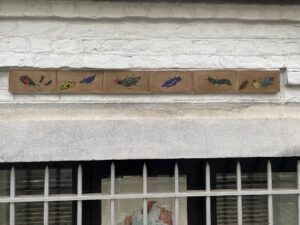
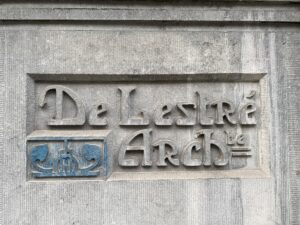
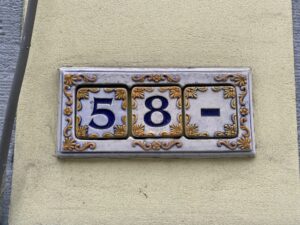
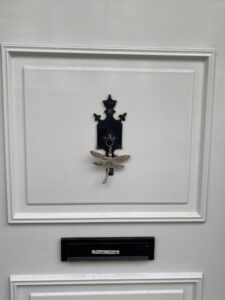
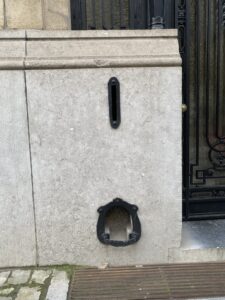
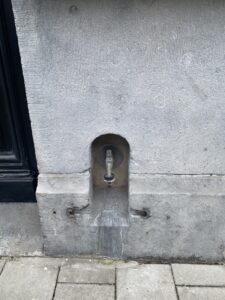
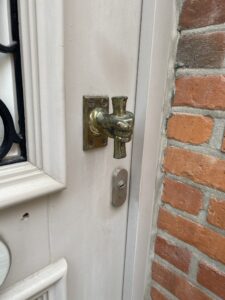
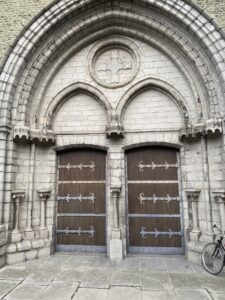
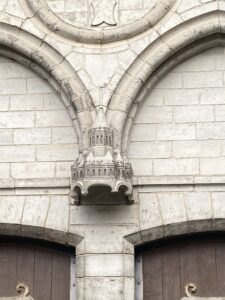
P.S.1. Virginia Duran has a very impressive collection of the places, that are interesting from architectural point of view in many cities including Brussels.
P.S. 2. There are many self-guided tour in Brussels, that you can find in internet. Here is one of them.
P.S.3. I also made my own travel-guide map. Check it here, if you are interested.

Leave a Reply